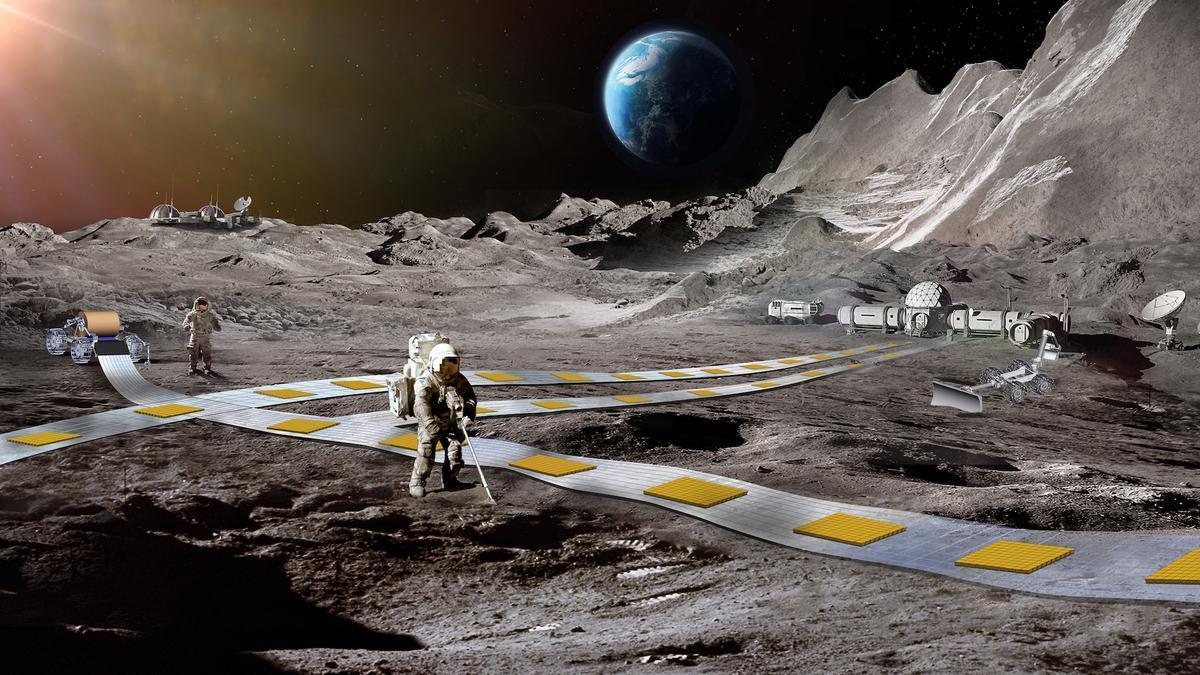News
NASA wants to build a railroad with levitating robots on the Moon: how it will work
The US space agency plans to build the "first lunar rail system" using robots. The Flexible Levitation on Track (FLOAT) concept is one of many projects approved by NASA's Innovative Advanced Concepts (NIAC) program.
If deployed, it will, according to NASA, provide "reliable, autonomous, and efficient payload transportation on the Moon." The project is currently delayed, Interesting Engineering writes.
The delays are partly due to setbacks in the development of SpaceX's modified Starship lunar lander.
When the U.S. space agency eventually lands humans on the moon, it is expected to be the beginning of a new era for space exploration. NASA aims to establish a permanent human presence on the satellite, as well as a "lunar economy". This base will serve as a stepping stone for further human exploration of our solar system, starting with Mars.
"A durable robotic transportation system will be critical to the day-to-day operations of a sustainable lunar base in the 2030s, as envisioned in NASA's Lunar to Mars plan and mission concepts such as Robotic Lunar Surface Operations 2 (RLSO2)," Ethan Schaller, a robotic engineer at NASA's Jet Propulsion Laboratory (JPL), explained in a statement.
According to NASA, the FLOAT system uses magnetic robots without power to fly over a 3-layer flexible film track. The system includes a layer of graphite that allows the robots to passively "float" using diamond levitation. A layer of flexible circuitry generates electromagnetic traction to propel the robots along the track, and an additional layer of thin-film solar panels generates energy.
Importantly, FLOAT robots have no moving parts, they hover above the track. In fact, the track will do all the work, and the robots are just trolleys for transporting cargo. According to NASA, this helps keep them from wearing out due to lunar dust, "unlike lunar robots with wheels, legs, or tracks."
Building a lunar future
The FLOAT system may be a key lunar infrastructure, but it will not provide high-speed transportation. The robots will move at a speed of approximately 1.61 km/h. They will be able to move about 90 tons of lunar regolith every day.
Of course, there are many obstacles to overcome before the FLOAT system becomes a reality. The concept, which won the 2024 NIAC Phase II award, could compete with others, such as DARPA's railroad concept for the LunA-10 project.
NASA must also first establish a presence on the Moon. NASA's Artemis III mission is currently scheduled to send astronauts to the lunar surface by 2026 or 2027. This will be the first crew landing on the Moon since Apollo 17 in 1972.
Only verified information is available on the OBOZ.UA Telegram channel and Viber. Do not fall for fakes!




























